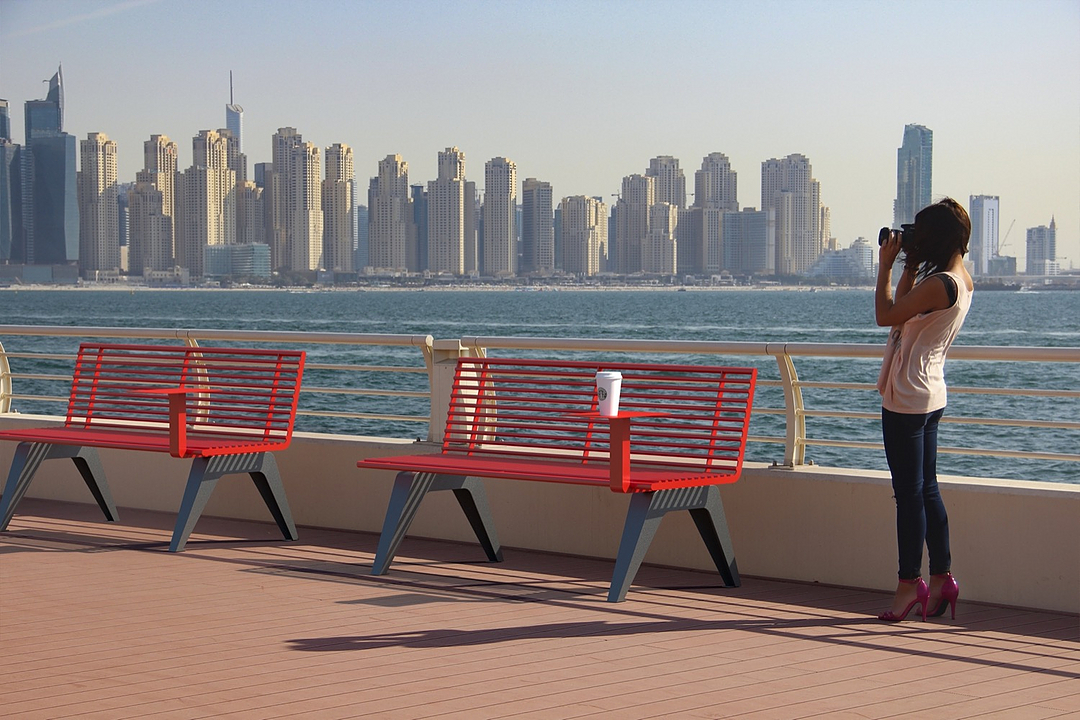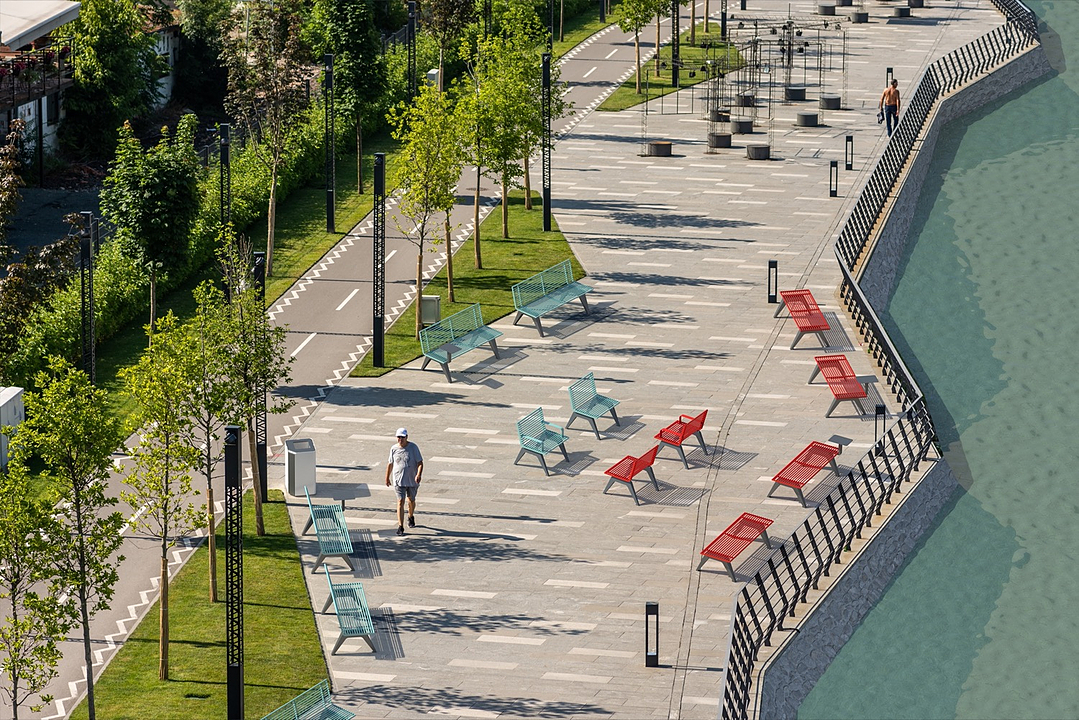
The design and functionality of public spaces in cities are always under scrutiny. Whether its accessibility to public parks and green spaces, the distance people live from public transportation, or the ways that spaces can be designed to make city life more safe and equitable. But now a new issue and one that lives at a smaller scale is starting to arise- where did all of the public seats go?
Park benches, and other forms of public seating, for such a small element of our daily urban life, play a big part in how we interact with open space. A bench itself invites the art of observation and rest. Users can take a minute to sit down, look around, read a newspaper, eat a sandwich, catch up with a friend, and do a number of other activities. It gives people a simple and almost mindless way to slow down in a high-paced urban area. Lately, many people are asking what happened to the benches that once enabled us to do this. Many of the comfortable seats have been swapped out for metal benches that don’t invite you to linger but instead deter certain types of people, namely the homeless population, promoting a stigma about those who choose to sit. Public seating is a dying species. If and where it does exist, much of it is no longer designed to encourage social behavior.

In 2014, Yantai Park in China introduced the concept of “pay per sit” benches. By using a coin-operated timer, if you overstayed your time, small spikes would begin to emerge from the seat as a not-so-gentle reminder that it was time to move along. Other cities had introduced their own versions, especially introducing barriers to segment seats, deterring larger people from sitting, and the homeless from lying down. Other benches are opting to become backless, preventing people from having support to lean on. In New York City, one park in the Lower East Side, which underwent major capital improvements still lacked one major thing- benches. The existing ones had been left broken, with missing slats in the seats, leaving local residents to buy plywood themselves as a temporary fix to bring back their benches.
The issue of seating has extended to create public health problems as well. In the United States alone, it’s estimated that nearly 20 million adults are unable or have extreme difficulty walking one-quarter of a mile, according to the Center for Disease Control and Prevention (CDC). This number nearly doubles when you consider the number of Americans who have limited physical abilities, including difficulty standing for extended periods of time. Most people expect public seating to be available at public transportation stops, but when it is removed, people opt for driving, putting almost 40 million more vehicles on the road.

Another study conducted by the University of Utah found that ridership grew at an exponential rate when transit stops were designed with benches, especially those covered by shelters and located on safer sidewalks (with curb cuts and near crosswalks). In part, it helped decrease how long riders perceive their wait times, along with making them feel safer. When it comes to cost, benches are actually relatively cheap to install, costing around $2,000 and $15,000. Some cities have also found ways to install them for free, and actually make a small profit off of them, by partnering with advertising agencies who post advertisements on them as part of the initial fee.

People want to sit. They want to know that their destination, or a point along their destination, will provide them with a dignified and inviting place to relax, no matter the duration or no matter the intent. Next time you’re on a walk through your town, look at the seats that are offered. Are there very many? Do they look inviting? If benches aren’t designed for the greater public, then who are they really even for?
Source: ArchDaily


 Ελληνικά
Ελληνικά



